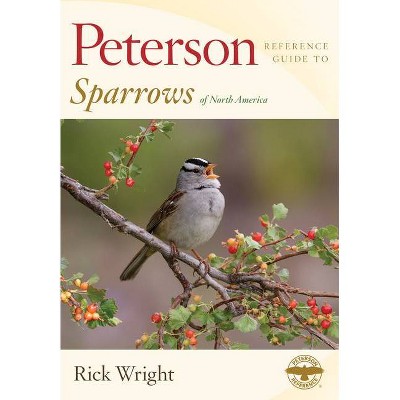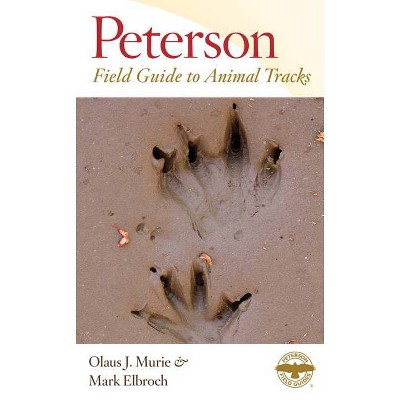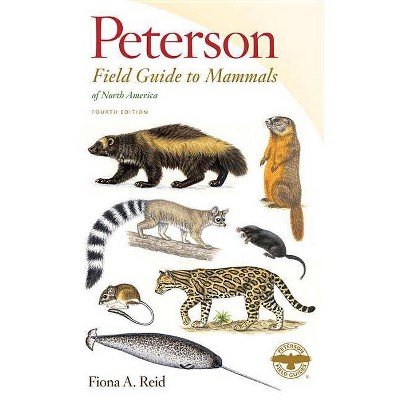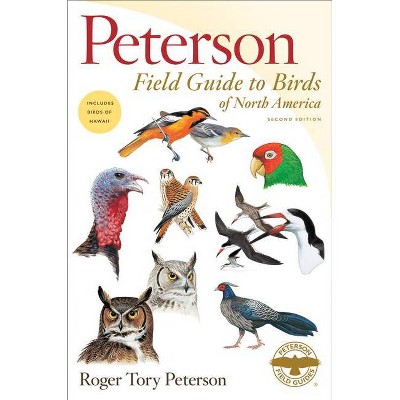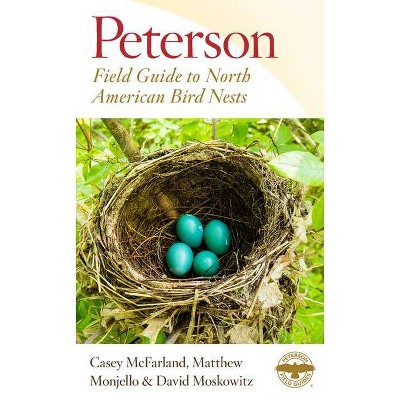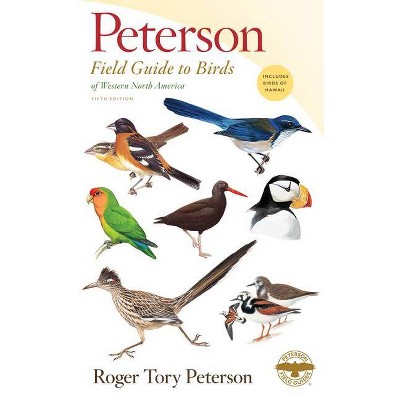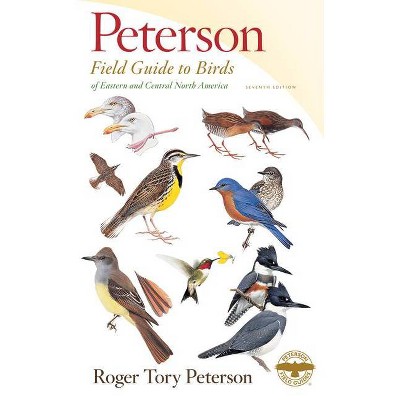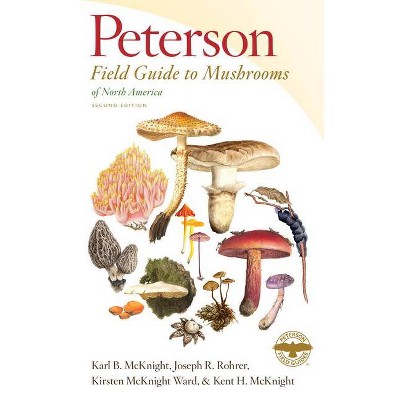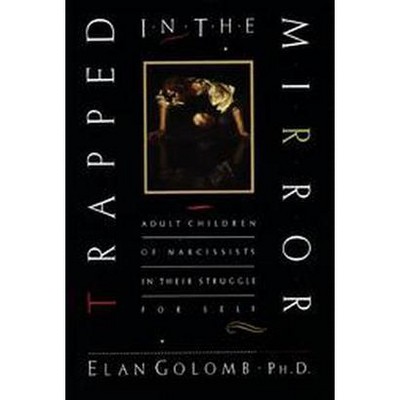Peterson Reference Guide to the Behavior of North American Mammals - (Peterson Reference Guides) by Mark Elbroch & Kurt Rinehart (Hardcover)
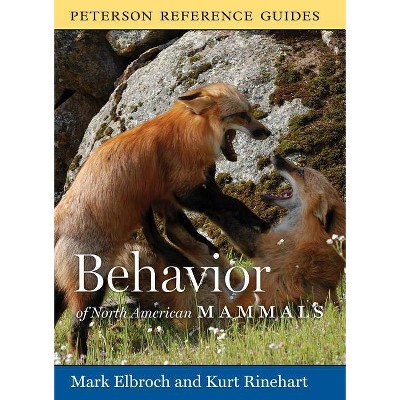
Similar Products
Products of same category from the store
AllProduct info
<p/><br></br><p><b> About the Book </b></p></br></br><p>A reference guide to the behavior of North American mammals. </p><p> </p><p> </p><p/><br></br><p><b> Book Synopsis </b></p></br></br><p>Oftentimes when we glimpse an animal in the wild, we have no idea what we've seen. We want to know, and field guides are an ideal aid for identification. But when we want to know more about the lives of these animals--their natural histories, their place in the larger ecological community, and where to look for them in the future--we can turn to <i>Behavior of North American Mammals</i>. This exciting addition to the Peterson Reference Guide series is highly readable and full of fascinating facts. For example, when an opossum plays dead, it isn't pretending: opossums actually do enter a catatonic deathlike state. Armadillos sequester air in their guts, blow up to twice their normal volume, and paddle across the water. And beavers stockpile food for winter by catching it in beneath a raft of branches, which gets frozen in place and keeps them well supplied until spring. A guide not to identifying mammals, but to understanding what they do, <i>Behavior of North American Mammals</i> provides detailed information on more than 70 species of mammals and includes illuminating and attractive photographs and drawings. Comprehensive, authoritative, and accessible, the book includes information on daily and seasonal activity, food and foraging, home range and habitat, communication, courtship and mating, development and dispersal of young, interactions with their own species, and interactions with other species. <br> </p><p/><br></br><p><b> From the Back Cover </b></p></br></br><P>PETERSON REFERENCE GUIDES<BR>Sponsored by the National Wildlife Federation and the Roger Tory Peterson Institute<P>Some of the natural history included in Behavior of North American Mammals: <P> A squirrel can regulate its temperature by manipulating a bundle of blood vessels at the base of its tail. The bundle functions like a gate for blood flow, so that when it swells it blocks blood flow into the tail, maintaining warmth in the squirrel's core. Releasing the blood into the tail dissipates heat, cooling the animal when it's hot. <P> The alpha is not the largest or most aggressive wolf, but rather the wisest animal, best able to keep the pack alive by avoiding unnecessary conflict. <P> Porcupines' quills have barbed tips that make them difficult and painful to remove. The barbs are angled in such a way that if the quills are left unattended, they dig deeper and deeper into an animal as it moves. Should the quills avoid large bones and vital organs, with enough time they can work their way straight through an animal and come out the other side.<P> In a complex behavior called haying, pikas strategically harvest plants during the summer months that would be poisonous if they were eaten immediately. But in a few months, the toxins in these plants break down. The plants actually maintain their nutritional value longer than other species do, so they provide food during the winter.<P><BR>Peterson Reference Guides offer authoritative, comprehensive information, including detailed text, maps, and superior illustrations. Written by expert authors, the guides are an unparalleled resource for understanding specific groups of animals. <BR>"<p/><br></br><p><b> About the Author </b></p></br></br>MARK ELBROCH is the author and coauthor of several guides to natural history. He is currently leading cougar projects in Southern Chile and the United States. <p/>KURT RINEHART is a professional wildlife biologist. He lives in Vermont with his wife and children.</p></p>
Price History
Price Archive shows prices from various stores, lets you see history and find the cheapest. There is no actual sale on the website. For all support, inquiry and suggestion messagescommunication@pricearchive.us

